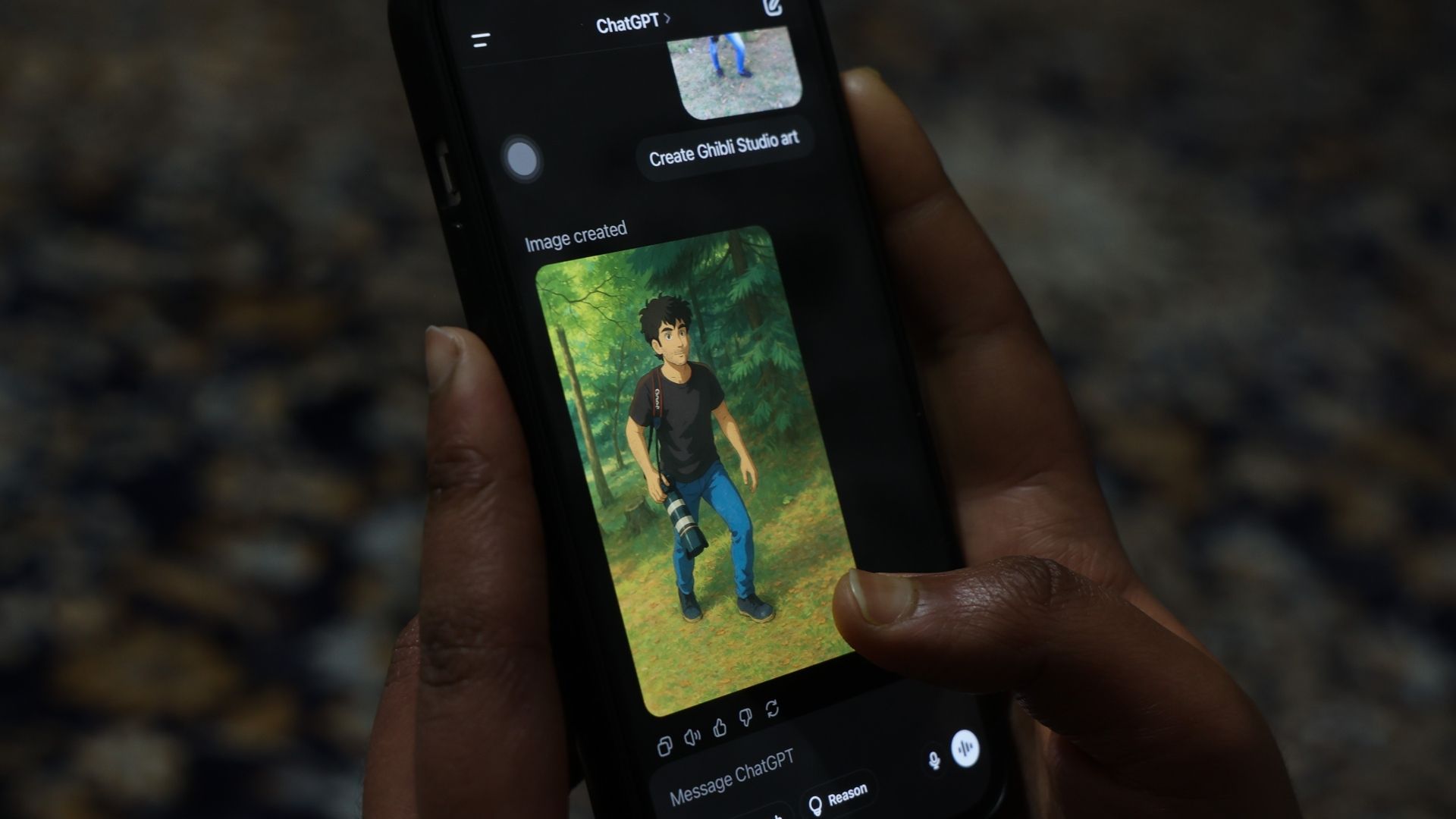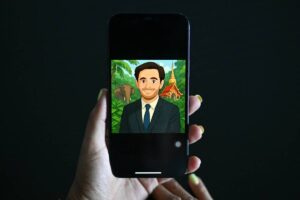The Subtle Demand for Increased Paid ChatGPT Users

OpenAI’s New Image Generator: A Look into the Buzz
OpenAI recently launched an image generation tool within its GPT-4o platform, sparking excitement and creativity online. The tool allows users to create stunning visuals, leading to a surge of memes, particularly inspired by the beloved Studio Ghibli films. This overwhelming user engagement caused OpenAI’s CEO, Sam Altman, to issue a plea for users to "chill out" as the system faced strain due to the high demand.
The Overwhelming Demand
According to Altman, the intense usage caused server issues, leading to delays in accommodating all users. He humorously noted, “Our GPUs are melting,” reflecting how the sudden popularity exceeded OpenAI’s expectations. This demand led the company to momentarily place free users on a waitlist while they scaled up their capabilities to manage the load.
Introduction of Watermarks
In response to the immense popularity and potential misuse of the image generator, OpenAI is testing watermarks on creations produced by free users. These watermarks are intended to prevent unauthorized use of generated images. Adjustments to the program were spotted in a recent beta version, which hinted at “image-gen-watermark-for-free,” indicating a move to distinguish between free and paid features.
The tool initially offered limited access to free users, allowing them only three image generations per day. To get full access to the image generator and its features, users are encouraged to subscribe to the $20 ChatGPT Plus plan or opt for the more premium $200 version.
User Complaints and Censorship Concerns
Despite the excitement surrounding the image generator, some users have expressed dissatisfaction. Concerns have emerged regarding new restrictions placed on the tool, particularly in generating images inspired by specific artists like those from Studio Ghibli. This has resulted in error messages that prevent users from creating certain types of content.
Users reported receiving notifications about copyright violations when attempting to generate Ghibli-like images. OpenAI clarified that these restrictions are due to intellectual property rights, stating, “OpenAI has restrictions on generating images in the style of specific artists.” This caution reflects the company’s commitment to respecting copyright laws, but it has drawn criticism from users who feel their creative freedom is being limited.
Balancing Creativity and Copyright
The introduction of a watermark and restrictions on artistic styles highlights a delicate balance between fostering creativity and protecting intellectual property. Users are concerned that such measures might dampen the enthusiasm surrounding the tool. The artificial intelligence sector often faces similar dilemmas, where the need for regulation conflicts with the desire for unrestricted exploration and creativity.
Some users fear that heavy censorship could reduce the overall appeal of the image generator. As seen in other AI-powered tools, too many restrictions can lead to a decline in user engagement, ultimately affecting the tool’s popularity.
Summary of Key Points
- Launch of GPT-4o Image Tool: OpenAI presented an innovative image generation feature that attracted significant user interest.
- High Demand: The sudden popularity overwhelmed OpenAI’s servers, prompting temporary restrictions on free users.
- Watermarks Being Tested: To combat misuse, OpenAI is planning to implement watermarks on images generated by free users.
- User Complaints: There are concerns regarding restrictions on generating images linked to specific artists due to copyright laws.
- Balancing Act: OpenAI seeks to find a balance between encouraging creativity and adhering to intellectual property rights.
As OpenAI navigates the challenges of launching a powerful image generation tool, both the company and its users will need to adapt to new features and limitations that also aim to uphold creators’ rights in a digital landscape.





